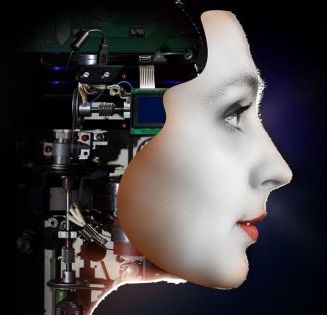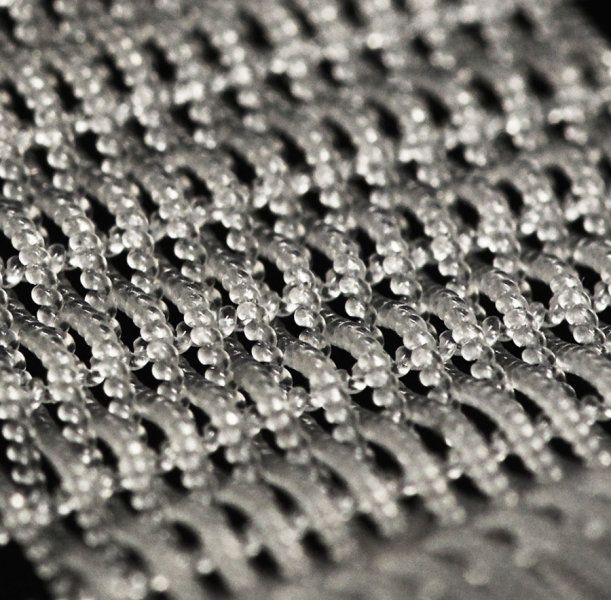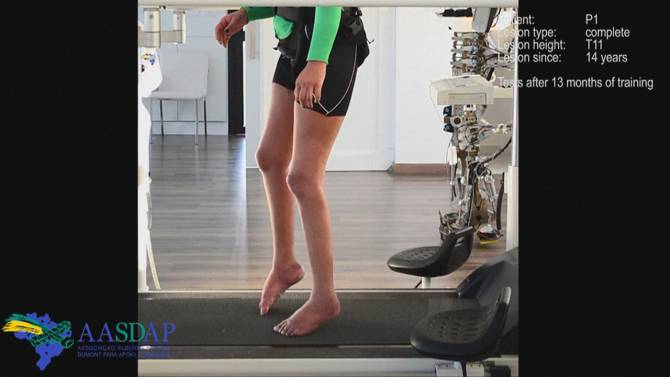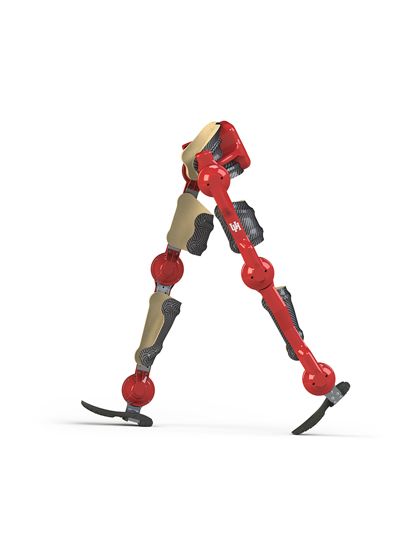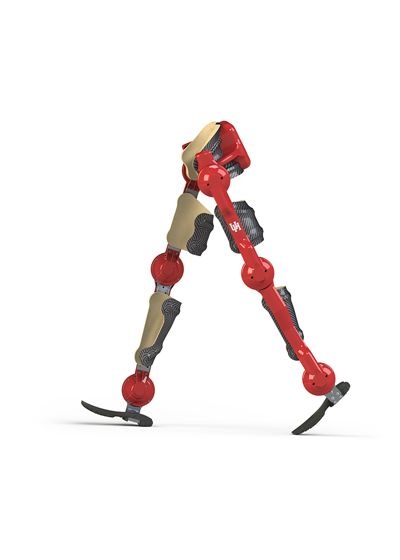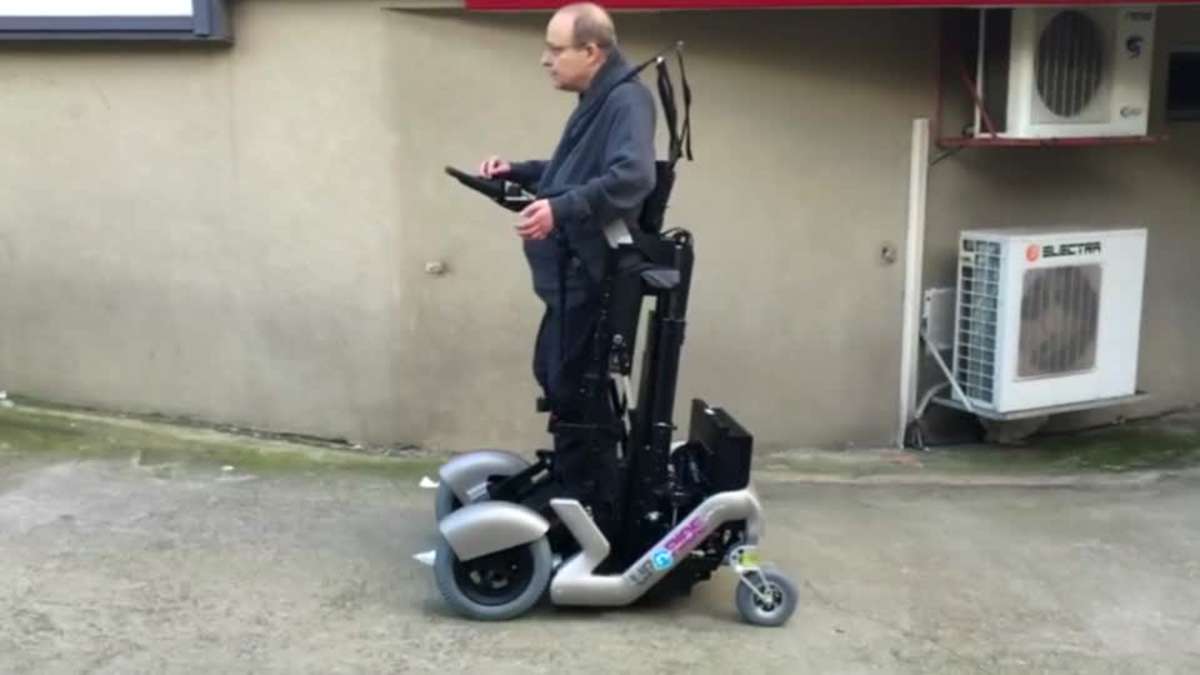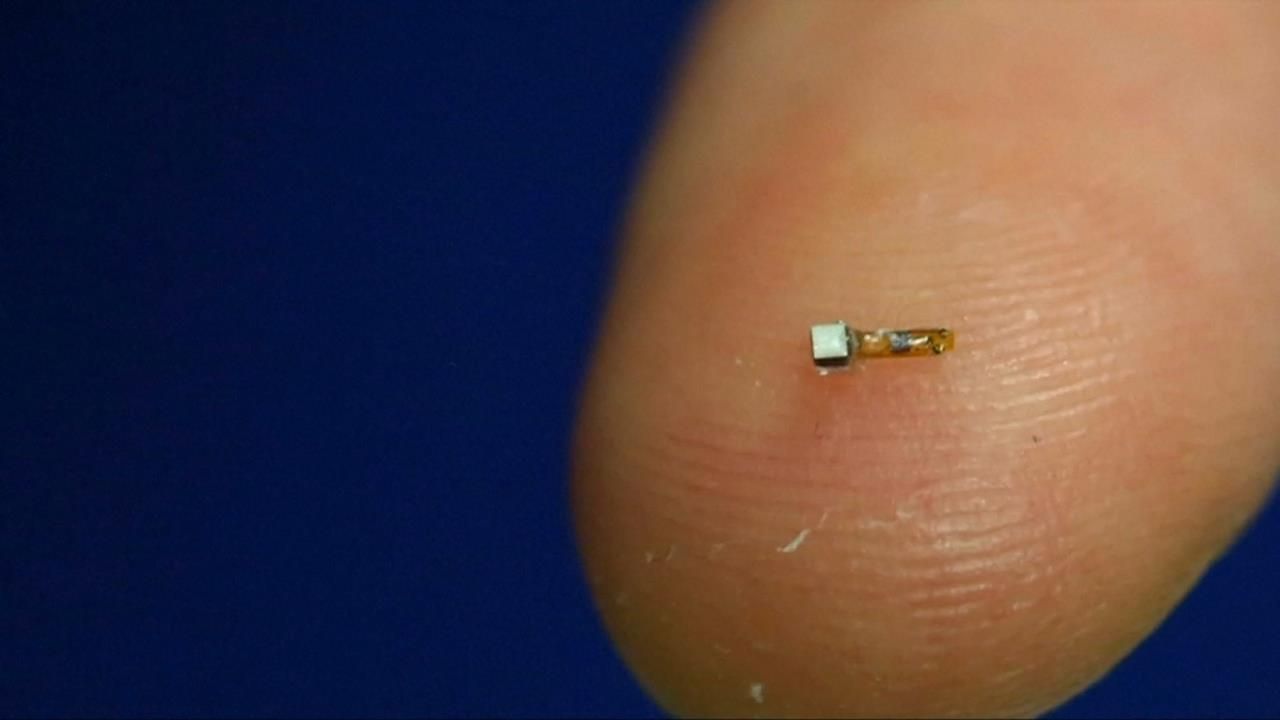Oct 6, 2016
Meet the 2016 presidential candidate who believes humans will eventually live forever
Posted by Zoltan Istvan in categories: cyborgs, economics, geopolitics, governance, law, life extension, robotics/AI, transhumanism
Circa News, a millennial site, did a story on transhumanism and my campaign. There are 3 videos embedded into this article (a general one on transhumanism, one on using tech to help the environment, and one on a Universal Basic Income):
WATCH | Zoltan Istvan thinks all sentient beings — including, but not limited to humans, artificial intelligence and cyborgs — have the right to be immortal. And that right should be protected under law.
Which is why, naturally, he decided to run for president of the United States.

